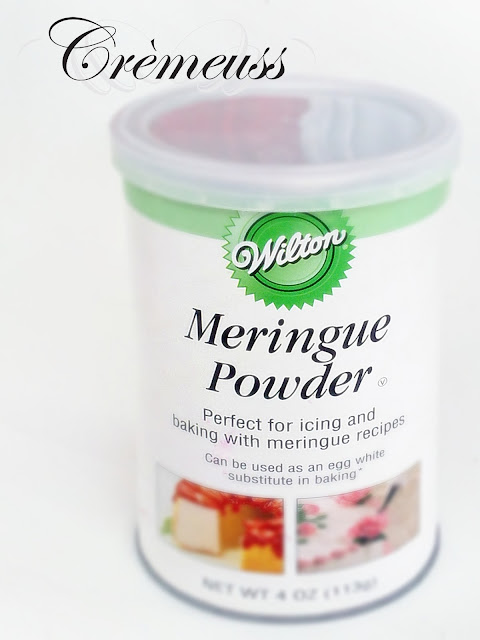Fondant is a well-known and widely used icing in
wedding cake industry for over the years. It gives a velvety matte surface
showcasing untimely wedding cakes a sophisticated appeal. It’s not harsh to
say that fondant has been the most trustworthy and fool-proof icing for wedding
cakes. Why? Because of its pliability and easy to mold ability creates multitude of eye appealing designs. Almost as versatile as buttercream, fondant can be used to ice
cakes, embossing textures on, cut-out into pieces, mold into figurines, lace
work and also creating ruffled effects. As long as it’s external cake décor uses, fondant
serves all.
 |
| Miniature cake iced with Yellow tinted Rolled Fondant. Other samples of fondant cakes can be found here |
Little that we know, fondant actually can be divided into
two types, which are “Rolled Fondant” and “Poured Fondant”. Rolled fondant is
the type that we all know and excessively seen. Its main
use is to cover and decorate cakes and other pastries. Rolled fondant made mainly
from sugar, more specifically icing sugar, and other ingredients like gelatin,
glucose syrup, water, and some fat. The additional ingredients lend themselves
to the quality of the rolled fondant – pliable but firm enough to hold shapes
like clay. Its pliability stands for a period of time allowing for some room
for it to be worked with. Although however the exterior of fondant will
eventually dry a little (but never crusts), the overall fondant that’s underneath
will stay relatively soft to be cut through with knife. Contrariwise, poured fondant
is made with just sugar and water, boiled together to a certain temperature
read and will be left off-heat until the syrup cools down. After that it will
be agitated and kneaded continuously until it forms into a white opaque mass almost
like dough. Despite the same purpose of poured fondant to the one we are
familiar with – rolled fondant, the use of poured fondant can be traced mostly in
candies and other confectionery products.
 |
| Proper technique and tools will help getting the smoothest result with fondant. Pastry Wheel, Rolling Pin and Fondant Smoother (not shown in picture) combo is always a great help. |
Options in acquiring rolled fondant are left for the
decorator to choose. Store bought fondant is a convenience because of its ready-to-use
eminence, but for a domestic use, you’ll get bang for your buck with home-made
fondant. Either one works equally the same although store bought fondant wins
over having the smoothest texture to the home-made one. Through my experience, home-made fondant isn’t as workable to be reused from previous
scraps as compared to the store bought fondant due to the fact that it will be slightly dry and crumble apart. Store
bought fondant seems to work fine always in retaining its elasticity after kneading it
continuously.
 |
| Leftover fondant will crumble apart. Simply knead it continuously to revive it to its pliable consistency. |



























